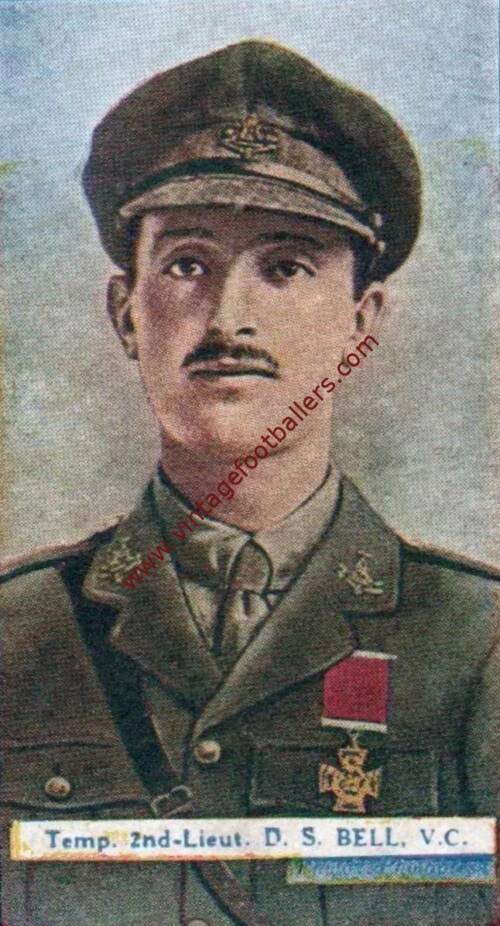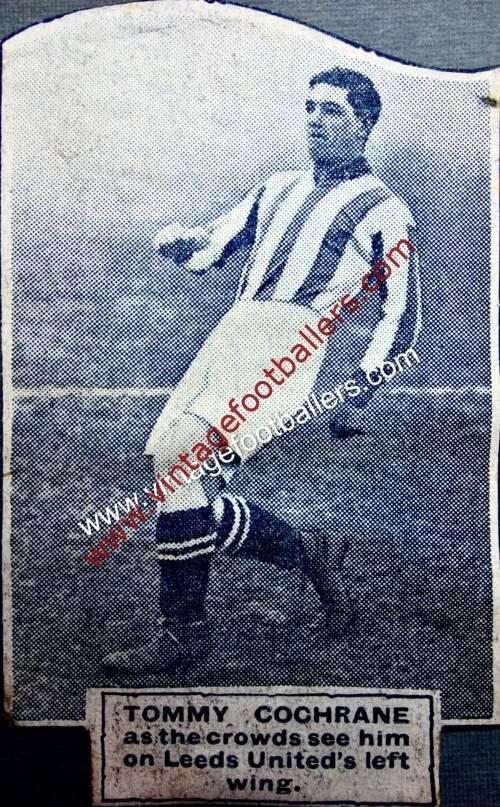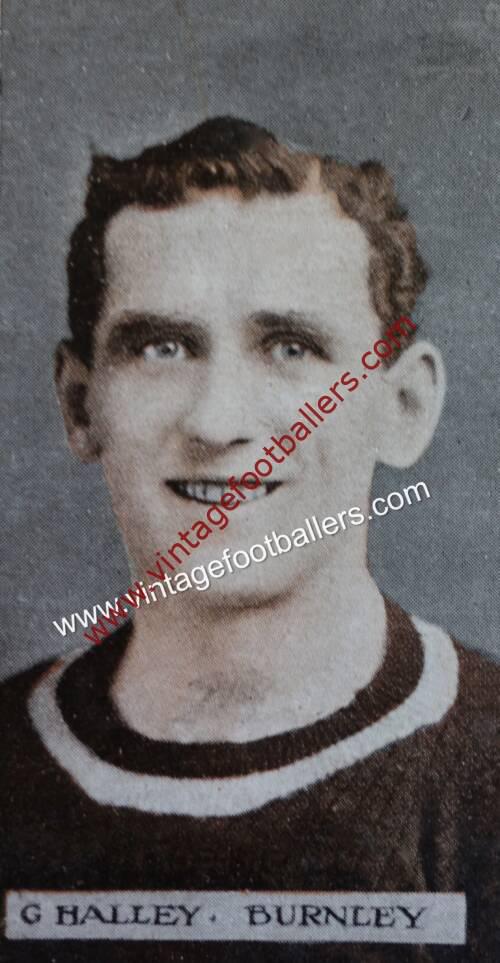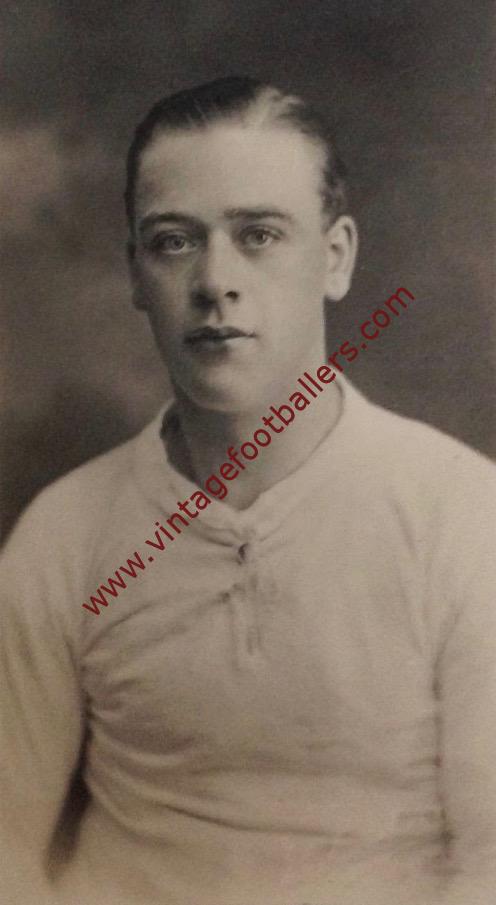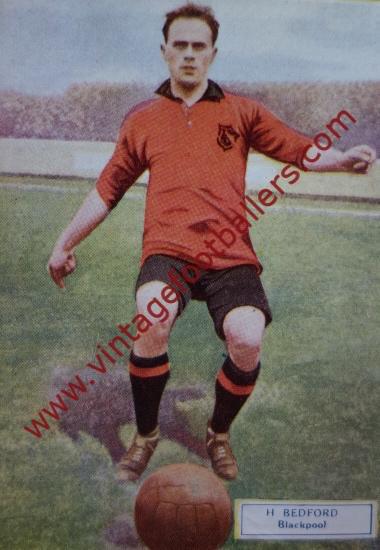Please choose your photo size from the drop down menu below.
If you wish your photo to be framed please select Yes.
Note: 16″x 20″not available in a frame.
Images can also be added to accessories. To order please follow these links
£8.95 – £49.95
Please choose your photo size from the drop down menu below.
If you wish your photo to be framed please select Yes.
Note: 16″x 20″not available in a frame.
Images can also be added to accessories. To order please follow these links
Perhaps one of the most famous footballers on Vintage Footballers, but perhaps the one who is least famous for his footballing achievements, right back Donald Simpson Bell VC was born at Harrogate, Yorkshire and played as an amateur for Harrogate Christ Church in 1906, Starbeck in 1907 and, while teacher training in London he played for Westminster Methodist Teacher Training College in 1908 before joining Southern League club Crystal Palace as an amateur later the same year, spending 1908-09 on their books without making their first team. He returned to Harrogate to play for Starbeck in 1909 before spending much of 1910 on the books at Newcastle United, still an amateur, where he didn’t play for the first team but made a handful of appearances for their reserves.
Bell played for Bishop Auckland in 1910 and Mirfield United in 1911 before joining Second Division Bradford Park Avenue in 1912 as a professional, where he made his Football League debut against Wolverhampton Wanderers in April 1913, his only appearance of the season, which he followed up with 4 more appearances in October and November 1913.
Soon after the outbreak of the First World War in August 1914, Bell asked his club to release him from his contract so he could join the British Army, a request that was granted. He became one of the first professional footballers to enlist into the British Army, joining the West Yorkshire Regiment in November 1914. He was rapidly promoted to Lance Corporal and then was commissioned into the 9th Battalion, Green Howards (Alexandra, Princess of Wales’ Own Yorkshire Regiment) as a second-lieutenant and sent to France in late 1915. After spending time in the Armentieres, Bruay, and Souchez-Angres sectors, the began preparations for the upcoming British offensive on the Somme. Bell would also marry his wife Rhoda during a period of home leave in June 1916.
The opening day of the battle saw the battalion placed in reserve near the town of Albert. They were then detailed to attack positions at Horseshoe Trench, which ran from Scots Redoubt to Lincoln Redoubt, on 5th July 1916. As Bell and his battalion made their way towards their objective, they immediately came under heavy German machine gun fire. With his men caught in the open, Bell traversed down a communication trench with two men and neutralised the position, reportedly killing as many as 50 enemy soldiers. He was awarded the Victoria Cross for his actions on 5th July 1916 at Horseshoe Trench, Somme, France. The two men who accompanied him, Corporal Colwill and Private Batey, were both awarded Distinguished Conduct Medals. The citation reads:
“For most conspicuous bravery. During an attack a very heavy enfilade fire was opened on the attacking company by a hostile machine gun. 2nd Lt. Bell immediately, and on his own initiative, crept up a communication trench and then, followed by Corpl. Colwill and Pte. Batey, rushed across the open under very heavy fire and attacked the machine gun, shooting the firer with his revolver, and destroying gun and personnel with bombs. This very brave act saved many lives and ensured the success of the attack. Five days later this very gallant officer lost his life performing a very similar act of bravery.”
Describing the deed in a letter to his parents, Bell stated that “I must confess that it was the biggest fluke alive and I did nothing. I only chucked one bomb, but it did the trick”.
Five days later, Bell was killed aged 25, shot by a sniper in similar attack on a machine gun post near the village of Contalmaison and was buried close to where he fell. King George V presented Bell’s wife with his Victoria Cross at Buckingham Palace five months later, before his body was moved from its initial resting place following the Armistice and reinterred at Gordon Dump Cemetery, near Albert. In November 2010, the Professional Footballers’ Association bought Bell’s Victoria Cross and campaign medals at auction for a price of £21,000. They are now on display at the National Football Museum.
A book on his life and that of his friend and fellow VC Captain Archie White called “A Breed Apart” by Richard Leake was published by Great North Publishing in 2008. On 9th July 2000, through the initiative of “The Friends of the Green Howards Museum”, General The Lord Dannatt, then Colonel of the Regiment unveiled a memorial dedicated to Bell on the spot where he lost his life at Contalmaison, now known as Bell’s Redoubt. It was an event well covered by television and every year since then a small service has been held there. In 2010 the tenth anniversary of the unveiling was celebrated and in 2016 at Bell’s Redoubt, with a much improved memorial, there was a remembrance service on the hundredth anniversary of Bell’s heroism. There is a memorial plaque to him in Wesley Methodist Church, Harrogate, where he was a Sunday School Teacher.
| Weight | N/A |
|---|
